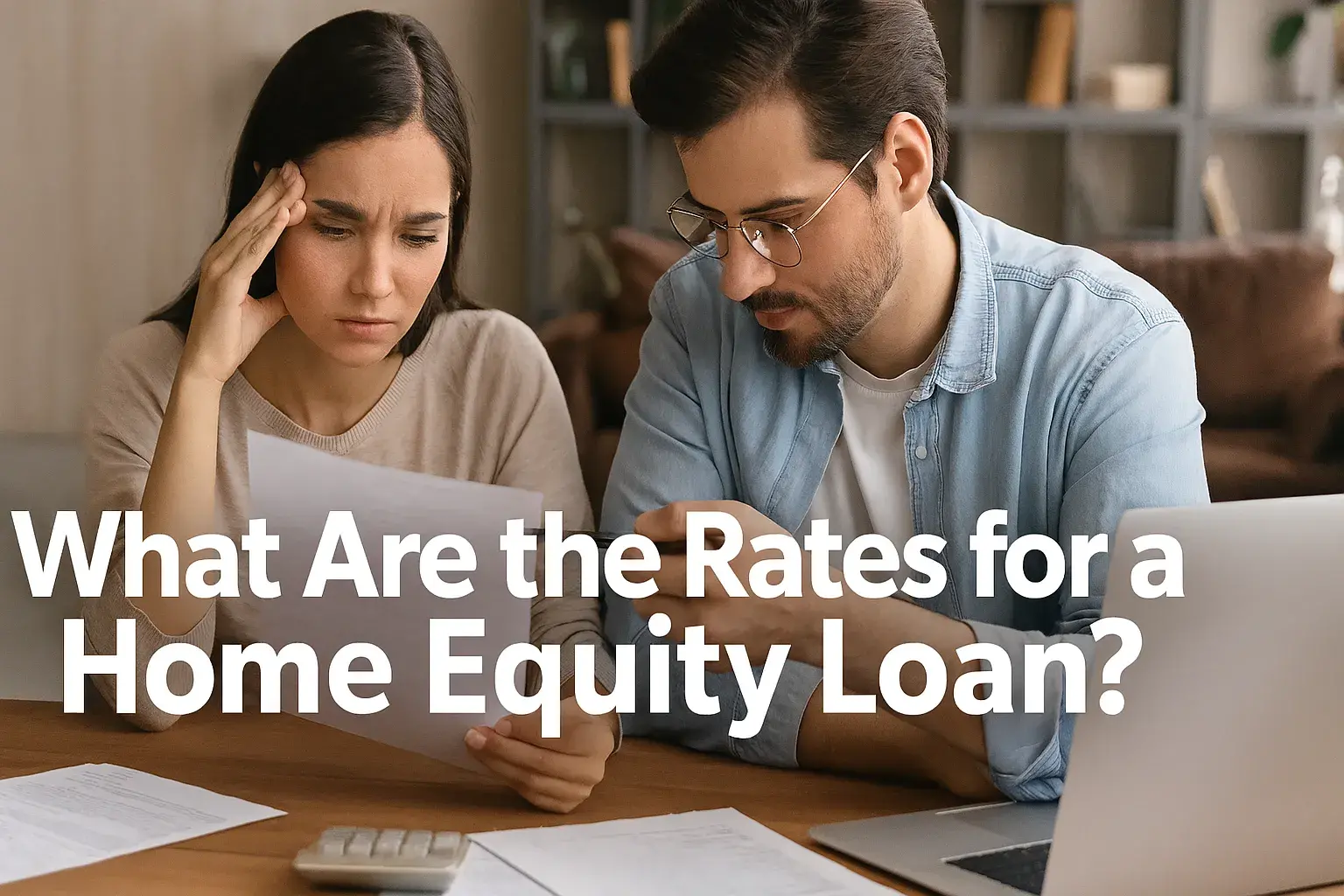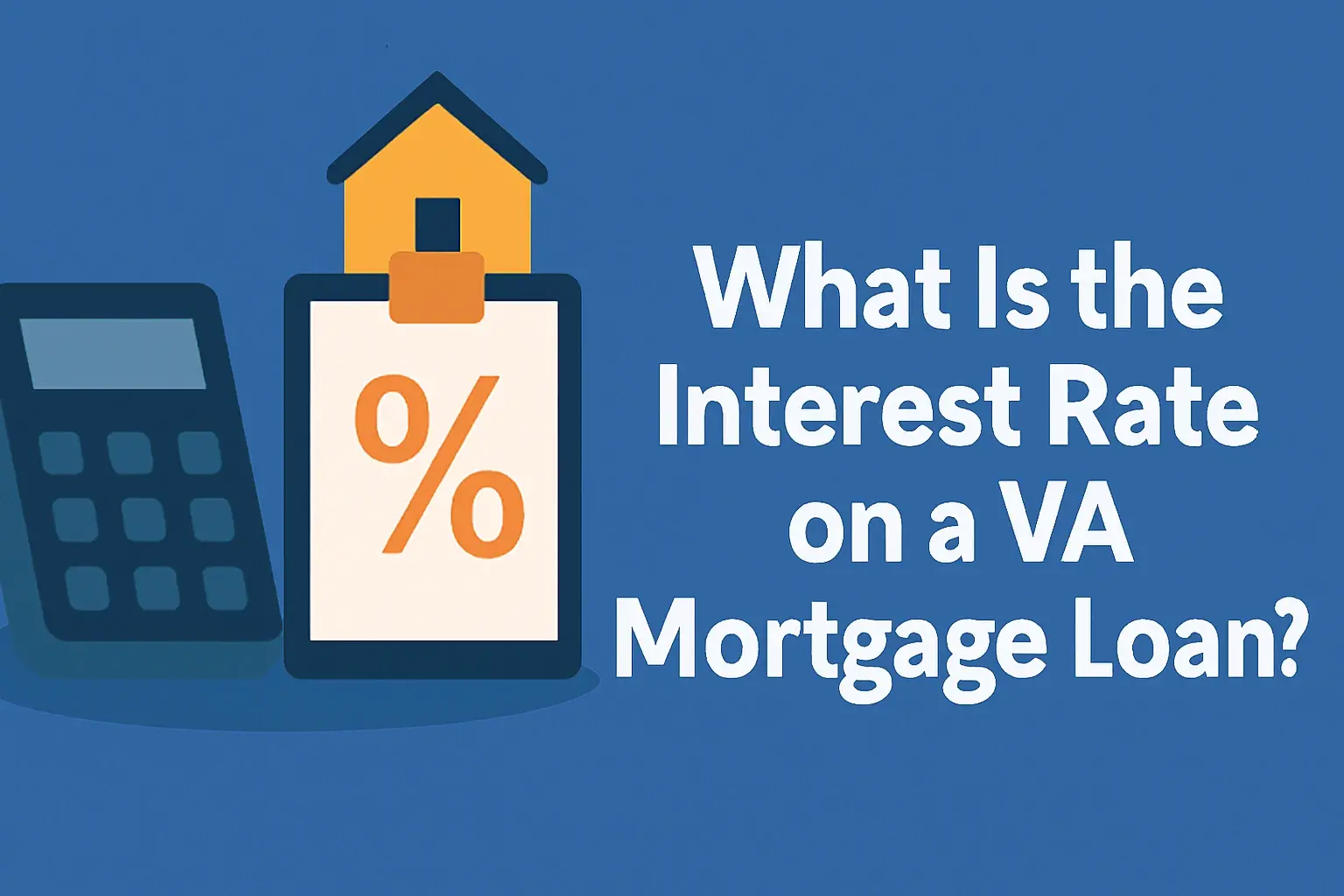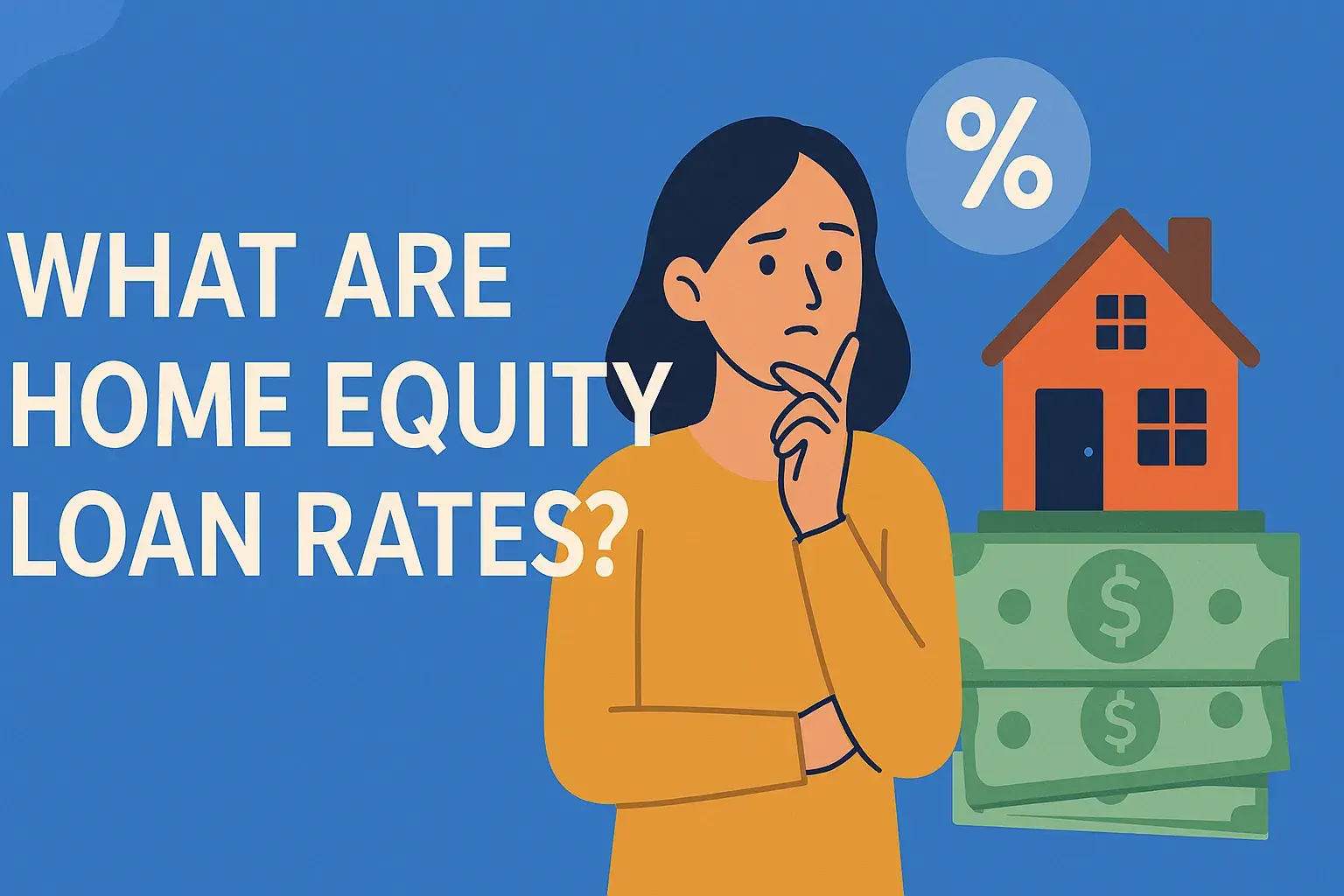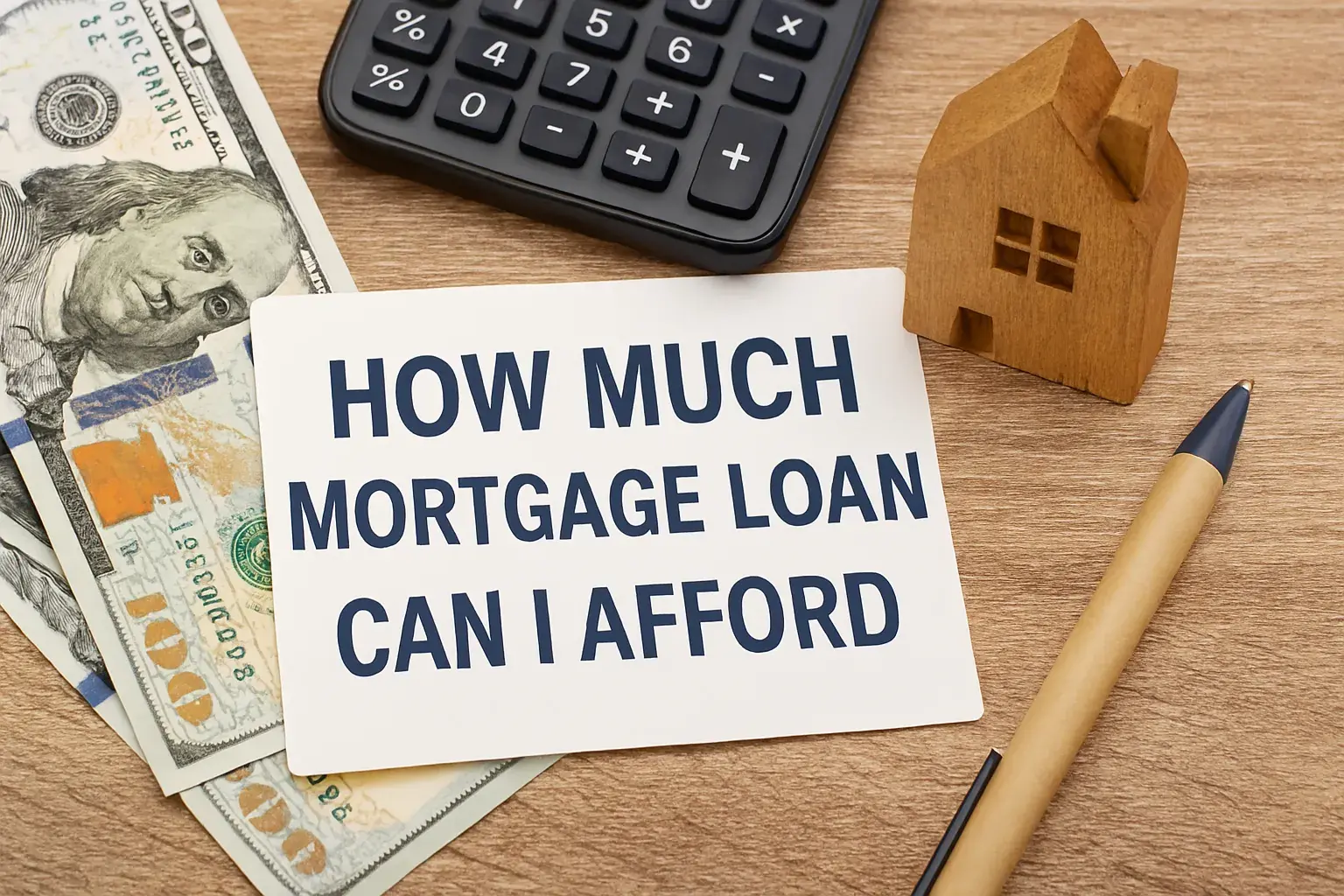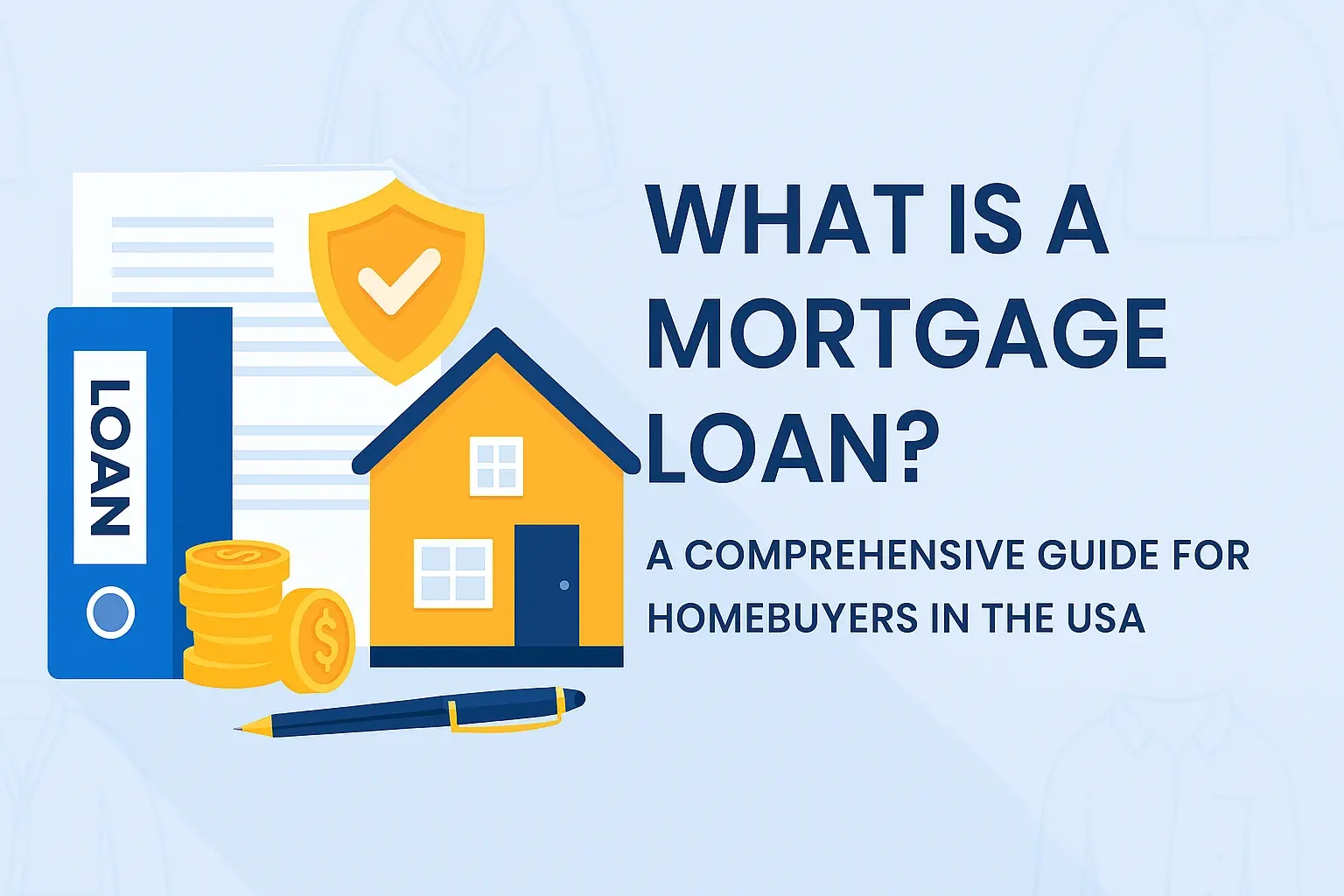-
Posted on: 12 Aug 2025
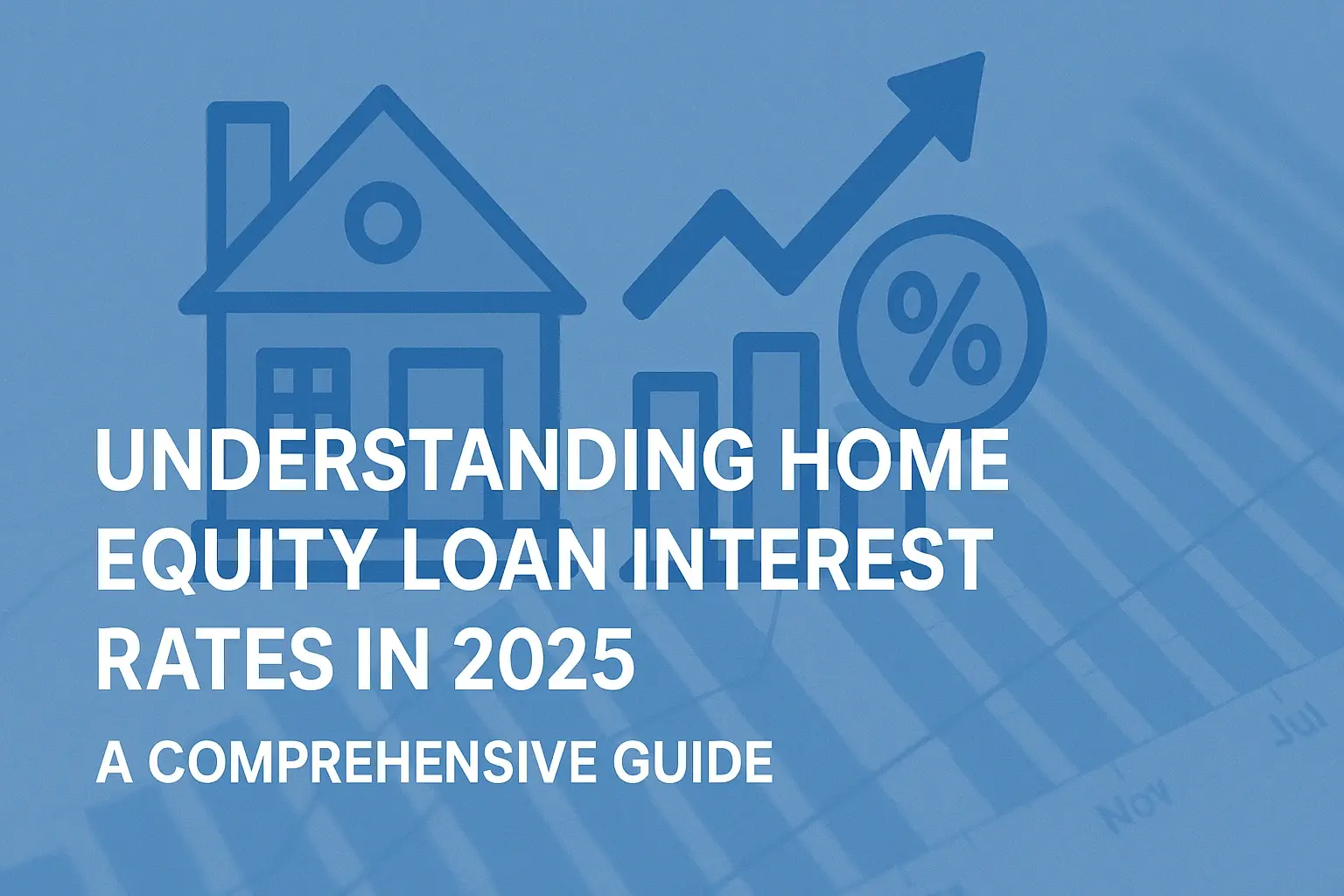
-
In the ever-evolving landscape of personal finance, home equity loans remain a popular option for homeowners looking to leverage their property's value for major expenses, debt consolidation, or home improvements. As we navigate through 2025, with economic uncertainties influenced by inflation trends, Federal Reserve policies, and global events, understanding the interest rates on home equity loans is crucial for making informed borrowing decisions. These rates not only determine the cost of borrowing but also reflect broader market conditions, including mortgage trends and consumer credit health.
Home equity loans allow you to borrow against the equity you've built in your home—essentially the difference between your home's market value and the remaining mortgage balance. Unlike traditional mortgages, these loans often come with fixed or variable interest rates, making them versatile tools for financial planning and management. What are the current interest rates on home equity loans? As of August 2025, average rates hover around 8.25% to 8.51%, depending on the loan term and type. This guide will delve deep into the intricacies of these rates, exploring factors that influence them, how credit repair can play a pivotal role in securing favorable terms, and much more.
Whether you're a first-time borrower or a seasoned homeowner, grasping concepts like home equity line of credit (HELOC) rates, fixed-rate home equity loans, and the impact of your credit score on borrowing costs is essential. Semantic search engines today prioritize comprehensive, user-focused content that covers related topics such as equity borrowing strategies, loan-to-value ratios, and debt management. By the end of this article, you'll have a thorough understanding of home equity loan interest rates, empowering you to optimize your financial choices in 2025.
What is a Home Equity Loan?
A home equity loan, often abbreviated as HELOAN, is a type of second mortgage that provides homeowners with a lump-sum payment based on the equity in their property. Equity is calculated by subtracting your outstanding mortgage balance from your home's current appraised value. For instance, if your home is worth $400,000 and you owe $250,000 on your primary mortgage, you have $150,000 in equity that could potentially be tapped.
These loans are typically repaid over a fixed term, ranging from 5 to 30 years, with consistent monthly payments that include both principal and interest. This structure makes them predictable and easier to budget for compared to variable-rate options. Home equity loans are secured by your home, meaning the lender can foreclose if you default, which underscores the importance of borrowing responsibly.
In contrast, a home equity line of credit (HELOC) functions more like a credit card, allowing you to draw funds as needed up to a predetermined limit during a "draw period," usually 5 to 10 years. After that, you enter a repayment phase where you pay back what you've borrowed, often with variable interest rates tied to benchmarks like the prime rate.
Why do people opt for home equity loans? Common uses include home renovations, which can increase property value; consolidating high-interest debts like credit cards; funding education; or covering medical expenses. In 2025, with housing prices stabilizing in many markets, homeowners are increasingly turning to these loans as an alternative to selling or refinancing their primary mortgage, especially amid fluctuating mortgage rates.
Key benefits include potentially lower interest rates than unsecured loans, tax-deductible interest if used for home improvements (consult a tax advisor), and the ability to access large sums. However, risks involve putting your home at stake and potential fees like closing costs, which can range from 2% to 5% of the loan amount.
Understanding the basics sets the stage for exploring interest rates, as they directly affect the affordability and total cost of these loans. Factors like your loan-to-value (LTV) ratio—ideally under 80%—and local real estate trends also play into approval and terms.
Current Interest Rates on Home Equity Loans in 2025
As of mid-August 2025, the interest rates on home equity loans have shown relative stability amid the Federal Reserve's cautious approach to rate adjustments. According to recent surveys, the national average for a 5-year home equity loan stands at 8.25%, with rates ranging from 5.49% to 10.37%. For longer terms, a 10-year loan averages 8.41% (range: 6.63% - 10.37%), while a 15-year option is slightly lower at 8.28% (range: 6.63% - 10.47%). These figures represent a slight dip from earlier in the year, influenced by easing inflation and steady Fed policies.
HELOC rates, which are typically variable, are averaging around 8.13% nationally as of August 6, 2025. Some lenders report averages up to 8.72% for 10-year draw periods. Unlike fixed-rate HELOCS, HELOCs can fluctuate monthly, often pegged to the prime rate plus a margin (e.g., prime + 0.5%). With the prime rate at approximately 8.50% in August 2025, this explains the current levels.
Compared to previous periods, rates have decreased marginally from July 2025, when 15-year HELs were at 8.34%. Year-over-year, they're down from 2024's peaks above 9%, thanks to cooling economic pressures. However, regional variations exist; for example, in high-cost areas like California, rates might skew higher due to property values, while Midwest states see lower averages.
To contextualize, these rates are higher than primary mortgage rates, which average 6.69% for 30-year refinances. But they're still competitive against credit cards (averaging 20%+) or personal loans (10-15%). Borrowers with excellent credit can secure rates as low as 6.49% on HELOCs from top lenders like Bank of America.
Trends indicate potential for further declines if the Fed cuts rates later in 2025, as forecasted by economists. For semantic optimization, consider related terms like "best home equity rates 2025," "HELOC vs HELOCS," and "current equity borrowing costs." Shopping around with multiple lenders is key, as offers can vary by up to 1-2 percentage points.
This data underscores the importance of monitoring market shifts for optimal timing.
Factors Influencing Home Equity Loan Interest Rates
Interest rates on home equity loans aren't arbitrary; they're shaped by a confluence of macroeconomic and personal factors. At the macro level, the Federal Reserve's federal funds rate is paramount. As of August 2025, the Fed has maintained rates steady, but any cuts could lower home equity rates accordingly. Inflation, employment data, and global events like trade policies also ripple through, pushing rates up during uncertain times.
On a personal scale, your credit score is a top determinant. Lenders view scores above 740 as low-risk, offering rates 1-2% below averages. Conversely, scores below 620 might face rates exceeding 10% or denial. Debt-to-income (DTI) ratio, ideally under 43%, signals repayment ability. Loan amount and term matter too—shorter terms often have lower rates but higher payments.
Home-related factors include LTV ratio; lower LTV (e.g., 70%) yields better rates due to reduced lender risk. Property location, appraisal value, and even home improvements that boost equity can influence offers. Market competition among lenders, such as online banks vs. traditional ones, creates variability—digital lenders often undercut with rates like 6.99% for $50k loans.
Economic indicators like bond yields and the prime rate directly tie into variable HELOCs. For fixed HELs, lender margins and origination fees add to the effective rate. Understanding these, through terms like "equity loan influencers," "credit impact on rates," and "LTV effects," helps in negotiation. Always calculate the APR, which includes fees, for a true cost comparison.
The Role of Credit Repair in Securing Better Home Equity Loan Rates
Your credit score isn't just a number—it's a gateway to favorable home equity loan terms. In 2025, with rates sensitive to borrower risk, a strong credit profile can shave hundreds off monthly payments. Credit repair, the process of improving your credit report by disputing inaccuracies, paying down debts, and building a positive history, is a strategic move for aspiring borrowers.
Why does credit matter? Lenders use FICO or VantageScore models to assess default risk. A score boost from 680 to 760 could drop your rate from 9% to 7.5%, saving thousands over a loan's life. Common issues like late payments, high utilization (over 30%), or errors from identity theft drag scores down. Credit repair services, or DIY efforts via annualcreditreport.com, address these.
Steps for credit repair: First, obtain your free credit reports from Equifax, Experian, and TransUnion. Dispute errors online—up to 20% of reports have inaccuracies. Pay bills on time, reduce credit card balances, and avoid new inquiries. For deeper issues, professional credit repair companies like Credit Repair Ease & Credit Repair in My Area negotiate with creditors, though fees apply (typically $79-$129/month).
In the context of home equity loans, repaired credit enhances approval odds and unlocks lower rates. For example, post-repair, you might qualify for sub-8% HELs. Semantic terms like "credit repair for loans," "improve score for equity borrowing," and "debt management strategies" highlight this intersection. Timeframe? Improvements can show in 30-90 days, but sustained habits yield long-term benefits.
Beware of scams—legitimate repair focuses on your rights under the Fair Credit Reporting Act. Combine with financial counseling for holistic debt repair, ensuring you're not just borrowing but building wealth.
Types of Home Equity Loans: HEL vs. HELOC
Choosing between a fixed-rate home equity loan (HEL) and a HELOC depends on your needs. HELs provide a one-time lump sum with fixed rates and payments, ideal for defined expenses like renovations. Rates average 8.25%-8.41%, offering predictability.
HELOCs offer flexibility with a revolving credit line, variable rates starting at 8.13%, and interest-only payments during the draw period. They're suited for ongoing costs but carry rate fluctuation risks.
Hybrids exist, like fixed-rate HELOC advances. Consider "HEL vs HELOC comparison," "variable vs fixed equity rates," for decision-making.
Pros and Cons of Home Equity Loans
Pros
Lower Interest Rates: Home equity loans typically offer lower interest rates compared to personal loans or credit cards since your home serves as collateral.Fixed Interest Rates: Most home equity loans come with fixed interest rates, providing predictability and protection from market rate fluctuations.
Predictable Monthly Payments: Fixed interest rates mean your monthly payments remain consistent throughout the life of the loan, making budgeting easier.
Long Repayment Terms: Home equity loans often have extended repayment timelines, sometimes up to 30 years, resulting in more manageable monthly payments for larger loan amounts.
Lump Sum Access: You receive a lump sum upfront, which is ideal for large, one-time expenses like home renovation, debt consolidation, or medical costs.
Potential Tax Deduction: If the loan is used for home improvement or renovations, the interest paid may be tax-deductible, subject to qualifying conditions.
Larger Borrowing Potential: Depending on your equity, you may be able to borrow more than with other types of consumer loans or lines of credit.
Greater Flexibility in Use: Funds from a home equity loan can generally be used for any purpose, from education to major purchases or emergencies.
Cons
Your Home Is at Risk: The loan is secured by your home, so defaulting on the payments can lead to foreclosure and loss of your property.Closing Costs and Fees: Home equity loans come with closing costs, origination fees, and other charges, usually ranging from 2% to 5% of the loan amount.
Minimum Equity Requirement: You often need at least 20% equity in your home, which newer homeowners may not have yet.
Credit Score Requirements: Most lenders require a good credit profile for approval, typically a FICO Score of 660 or higher.
Risk of Negative Equity: If property values drop after you take the loan, you may end up owing more than your home is worth, making it harder to sell or refinance.
Lump Sum Borrowing: You must borrow a lump sum—there’s no flexibility to borrow more later if you need it (unlike HELOCs).
Longer Funding Time: The approval and funding process for home equity loans can take several weeks, longer than for personal loans or credit cards.
Potential for Over-Borrowing: Because you can access significant funds, there’s a risk of borrowing more than needed or overspending.
How to Apply for a Home Equity Loan
Applying for a home equity loan involves a series of clear steps designed to evaluate your eligibility, secure the best terms, and complete your application:
1. Assess Your Home Equity
Calculate your available equity by subtracting any outstanding mortgage balance from your home's current market value. Most lenders prefer that you have at least 20% equity.
2. Review Your Credit and Financial Status
Check your credit score (ideally above 660), review your debt-to-income (DTI) ratio (should be below 43%), and ensure your income is stable and sufficient to handle a new loan.
3. Compare Lenders and Loan Terms
Research multiple lenders for interest rates, terms, and fees. Compare their annual percentage rates (APR) and conditions to find the best fit for your needs.
4. Gather Necessary Documents
Prepare essential documentation, including proof of identity, address, income (pay slips, tax returns), property documents, and credit history reports.
5. Submit Your Application
Complete the application form online, over the phone, or in person, providing all required details and permissions (such as for a credit check).
6. Underwriting and Property Valuation
The lender will review your submitted information and conduct a property appraisal using an in-person evaluation or digital models. Be prepared to provide supplementary documents if requested.
7. Wait for the Approval Decision
Lender assesses your eligibility and either approves or denies your application. This process can take from several days to a few weeks. You may need to answer follow-up queries or provide additional documentation.
8. Review and Sign the Loan Agreement
Once approved, carefully review the loan offer, including the terms, interest rate, and closing costs. Sign the agreement at a closing meeting, which also involves paying any applicable fees.
9. Receive Your Funds
After closing, the loan amount will be disbursed directly to your bank account. You typically have a three-day window to reconsider and cancel if needed (in some regions).
Alternatives to Home Equity Loans
Common alternatives to home equity loans include cash-out refinance, personal loans, home equity investments, reverse mortgages, 401(k) loans, bridge loans, and credit cards. Here are typical steps for considering and pursuing these options:
Identify Your Financial Goal
Clarify if you need a lump sum for a specific purpose (like a renovation), want flexible access to funds, or need a temporary bridge.
Evaluate Each Alternative
Review pros, cons, and eligibility for:
Cash-Out Refinance: Replace your existing mortgage with a larger one and take the difference in cash.
Personal Loan: Unsecured loan based on credit, no home collateral required, higher rates than home equity loans.
Home Equity Investment: Share future appreciation with an investor, no monthly payments or new debt.
Reverse Mortgage: For homeowners age 62+, gain cash or income using home equity, with no monthly payments.
401(k) Loan: Borrow from your retirement account, usually only available to employees with qualifying plans.
Bridge Loan: A short-term solution if buying a new home before selling an old one.
Credit Card: Quick, easy access for small or unexpected expenses, but high interest rates.
Assess Qualification Criteria
Check your credit score, income, equity amount, or age, depending on the product—for personal loans, a higher credit score favors approval; for reverse mortgages, a minimum age applies.
Compare Costs and Risks
Calculate interest rates, fees, potential tax impacts, and the risk level—especially whether your home or retirement savings are at stake.
Gather Required Documentation
Prepare documents such as proof of income, identity, ownership, or relevant retirement account statements.
Apply to Suitable Providers
Submit formal applications to banks, credit unions, investment firms, or plan administrators as appropriate for the chosen product.
Review Terms and Accept Offer
Carefully examine interest rates, repayment schedules, any penalties, and collateral requirements before signing.
Receive Funds and Use as Needed
Funds may be distributed as a lump sum (cash-out refinance, personal loan), line of credit (credit card), periodic payment (reverse mortgage), or directly from your retirement account (401(k) loan).
Conclusion
Navigating home equity loan interest rates in 2025 requires knowledge of current trends, personal factors, and strategies like credit repair. With averages around 8%, informed choices can lead to significant savings. Consult professionals for tailored advice.
Resources
How Do Home Equity Loans Work?
Minimum Credit Score for Home Equity Loans Explained
Faq
1. What is the average home equity loan interest rate in 2025?
The average home equity loan interest rate in 2025 varies by lender, credit score, and loan term, but typically ranges between fixed and variable options.
2. How do rising interest rates in 2025 affect home equity loans?
Higher benchmark rates can increase borrowing costs, making fixed-rate home equity loans more appealing for stability.
3. Are home equity loan rates fixed or variable in 2025?
In 2025, lenders offer both fixed and variable-rate home equity loans, giving borrowers flexibility based on their financial goals.
4. What factors determine my home equity loan interest rate?
Credit score, loan-to-value ratio, income stability, and market trends all influence your home equity loan rate in 2025.
5. How can I get the lowest home equity loan rate in 2025?
Shop multiple lenders, improve your credit score, and consider shorter loan terms to secure competitive rates this year.

